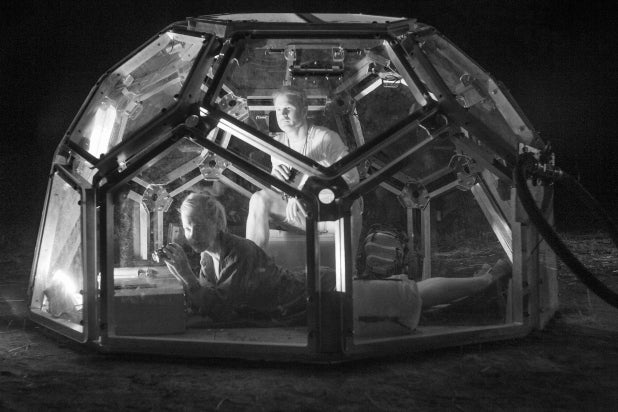

Even for those birds or animals able to flee to unaffected areas they will rarely be able to successfully compete with animals already living there and succumb within a short time. Others will fall victim to introduced predators such as feral cats and red foxes. Professor Dickman explains that animals that survive the fires in the first instance by fleeing or going underground will return or re-emerge into areas that don’t have the resources to support them. I think it's now time to bring the scientists back into the tent to look at what is likely to be happening over the next few decades and to think about how we can maintain both the human community in good health and as much biodiversity as can be retained under this evolving situation.” “I think there is a feeling among environmental scientists and ecologists in Australia that we've been frozen out of the debate, certainly out of policymaking. Sometimes, it's said that Australia is the canary in the coal mine with the effects of climate change being seen here most severely and earliest… We're probably looking at what climate change may look like for other parts of the world in the first stages in Australia at the moment," said Professor Dickman from the Faculty of Science. "What we're seeing are the effects of climate change. But within days, after realising the scent would not lead to food, they lost interest and stopped visiting the site.Fires hit a kangaroo sanctuary on the NSW Mid South Coast. The predators were initially attracted to the odours. We did this every three days, for three months. The result smelled a lot like a chicken coup or aviary - unmistakable to the human nose.įive weeks before the shorebirds arrived for their breeding season in 2016, we mixed the odours with Vaseline and smeared the concoction on hundreds of rocks over two 1,000-hectare study sites. In this case, any bird species could be used to produce the scent. We distributed fake news - in the form of nest-like odours - that suggested to predators the shorebirds had begun to nest, even though they were yet to arrive.įirst, we distilled odours extracted from the feathers and preen glands of three bird species - chickens, quails and gulls. We worked closely with Grant Norbury and others from Manaaki Whenua Landcare Research in New Zealand. Our research set out to undermine the predators’ tactics. That’s why it’s important to examine alternative ways to protect vulnerable species.Īustralia's threatened birds declined by 59% over the past 30 years

This might occur when the problem predator is a native species (such as foxes in the United Kingdom) or where alien predators such as feral pigs are also a food resource for local people. In other circumstances, lethal control may not be possible or socially acceptable.

Too often, control techniques such as baiting, trapping and shooting can’t reduce predator numbers enough to protect vulnerable prey. In the South Pacific the threat is even greater.īut killing predators is a blunt and often ineffective tool. In Australia alone, cats threaten the survival of more than 120 listed species, while foxes threaten 95 species.
#TEAM AUSTRALIAN PREDATORS DRIVER#
If local species have not evolved with such predators - and so learned to evade them or ward them off - the damage can be devastating.Īlien predators have far more impact than native ones and are a major driver of extinctions. Introduced or “alien” predators are species such as rats, cats and foxes, which have been introduced to new environments and kill local wildlife. The authors used ‘fake news’ odours to protect vulnerable birds and their offspring, including the banded dotterel, above.


 0 kommentar(er)
0 kommentar(er)
